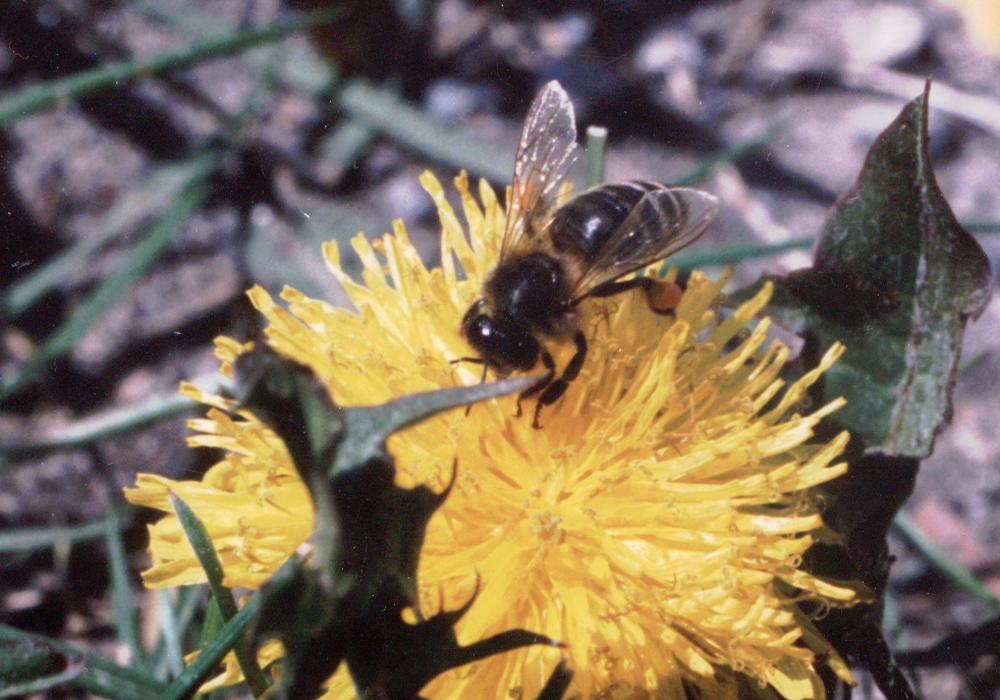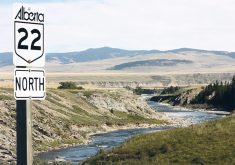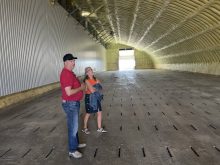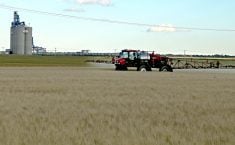A study from Great Britain could help farmers plant species that produce nectar over a longer period of time
Researchers at the University of Bristol in the United Kingdom have for the first time measured farmland nectar supplies throughout the entire year and have been able to highlight when a lack of food fails to meet a pollinator’s demand.
The findings could help farmers and landowners plant crops, flowers, shrubs, bushes and wildflowers that will produce nectar over a wider expanse of time when pollinators depend on them.
The objective is to not only plant wild flowers and shrubs that pollinate late spring through to early fall when there is a wide variety of pollen and nectar for bees to feed on, but to provide early flowering plants that will offer food from early spring (March) to late summer (August-September). These are the gap times where there is a greater nectar deficit and bees are looking for food.
Read Also

New coal mine proposal met with old concerns
A smaller version of the previously rejected Grassy Mountain coal mine project in Crowsnest Pass is back on the table, and the Livingstone Landowners Group continues to voice concerns about the environmental risks.
“It’s not just how much nectar there is that matters but what time of year that nectar is available,” said Jane Memmott, professor of ecology in the university’s School of Biological Sciences and the study’s principal investigator.
“Dandelions will close their flowers when the weather is really dull, which makes the nectar completely inaccessible. If it’s cold not many pollinators will be looking for food. Willow can certainly be hardy and some of the biomass ones in the U.K. flower very early so it’s possible to have a range of flowering types available.”
Early flowering plants in Canada include winter heather, early blooming bulbs, crocuses, hellebores and hyacinths. But in each region of the country, early flowering is driven by late winter weather conditions. It’s expected that in the future, those traditional seasonal influencers will be compounded by climate change.
“I’ve been interested in climate change and pollinators since a paper I wrote in 2007, which was the first, and I think still the only, paper to ask what happens at the community level when flowering plants and pollinators are subjected to climate change,” she said. “It’s a modelling paper and it asks how many pollinators are left with no food, gaps in resources and/or a shortened foraging season. We then went on to ask how to future proof our pollinator nectar and pollen mixes used in environmental stewardship and showed that we could mitigate against climate change if we added more plants at the start and end of the field season.”
She points out definitively that if a bumblebee queen comes out of hibernation in March and finds nothing to eat, it doesn’t matter how much nectar there is in summer because she won’t be alive.
The study showed that permanent pasture and woodland produced the greatest share of farmland nectar because of the large areas involved. However, features such as hedgerows and field margins provided the greatest nectar per unit area. While a small number of plant species provided the greatest percentage of nectar, some less productive plant species provided the essential continuity of nectar supplies during gap times.
“Many farmers do care about the wildlife on their farms,” said Memmott. “I get the feeling that things are changing here. One thing in the pollinators’ favour is that just about everyone likes them, especially bees.”
She said there is a lot of interest in bee conservation in the U.K.
“Food for pollinators is often high on people’s list of desirable things when looking for plants for their gardens. The same things that people like — plants that flower over as long a time as possible — are also very good for bees. There is probably more interest in plants for (urban) gardens than in rural areas though. There needs to be good incentives for farmers who grow crops to have areas for bees too. Fortunately, what is good for bees could also be good for pest controlling insects.”
That interest extends across Canada through work such as that of Pollinator Partnership Canada, a non-profit organization dedicated to the protection and promotion of pollinators and their ecosystems.
As well as providing information for gardeners, their work also addresses bee friendly farming with suggestions that farmers provide forage for bees on three to six percent of their land, plant different flowering plants that will bloom throughout the growing season and especially early spring and late fall, provide a variety of nesting options including hedgerows, natural brush, woodland, and buffer strips, and reduce or eliminate the use of chemicals.
The U.K. study, called Phenology of Farmland Floral Resources Reveals Seasonal Gaps in Nectar Availability for Bumblebees, was published in the Journal of Applied Ecology.

















